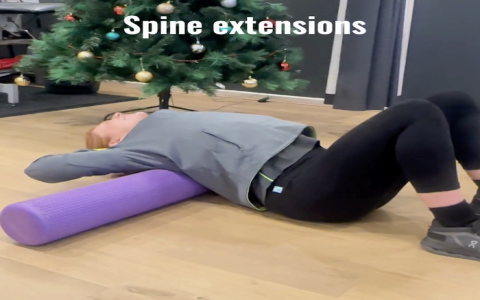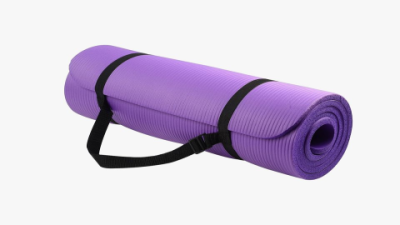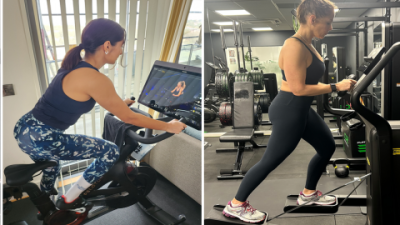Back pain—ugh, it’s something so many of us deal with, right? Whether it’s from sitting too long at a desk, bad posture, or just the wear and tear of daily life, it can really put a damper on things. Foam rolling has become this go-to way to ease muscle tightness and help with recovery. But when it comes to using a foam roller on your spine, especially the lower back, you’ve got to be super careful. I mean, it’s your spine—we’re talking about the core of your body’s support system here. If you don’t do it right, it could actually make things worse.
So, what’s the deal with foam rolling and the spine? A foam roller is basically this dense foam cylinder that you use to apply pressure to your muscles and fascia (that connective tissue). It helps break up knots, improve blood flow, and release tension—something called self-myofascial release (SMR). Sounds fancy, but it’s just a way to give yourself a deep tissue massage.
Now, the spine itself has three parts: cervical (neck), thoracic (upper and mid-back), and lumbar (lower back). Each part moves differently and has different levels of support. The thoracic spine is pretty flexible and supported by ribs, so it’s usually safe to roll on. The lumbar spine, though? That one’s trickier. It’s less mobile and designed mainly to keep you stable. Rolling directly on your lower back can actually overstretch important ligaments or put too much pressure on your discs. That’s a recipe for pain or injury.
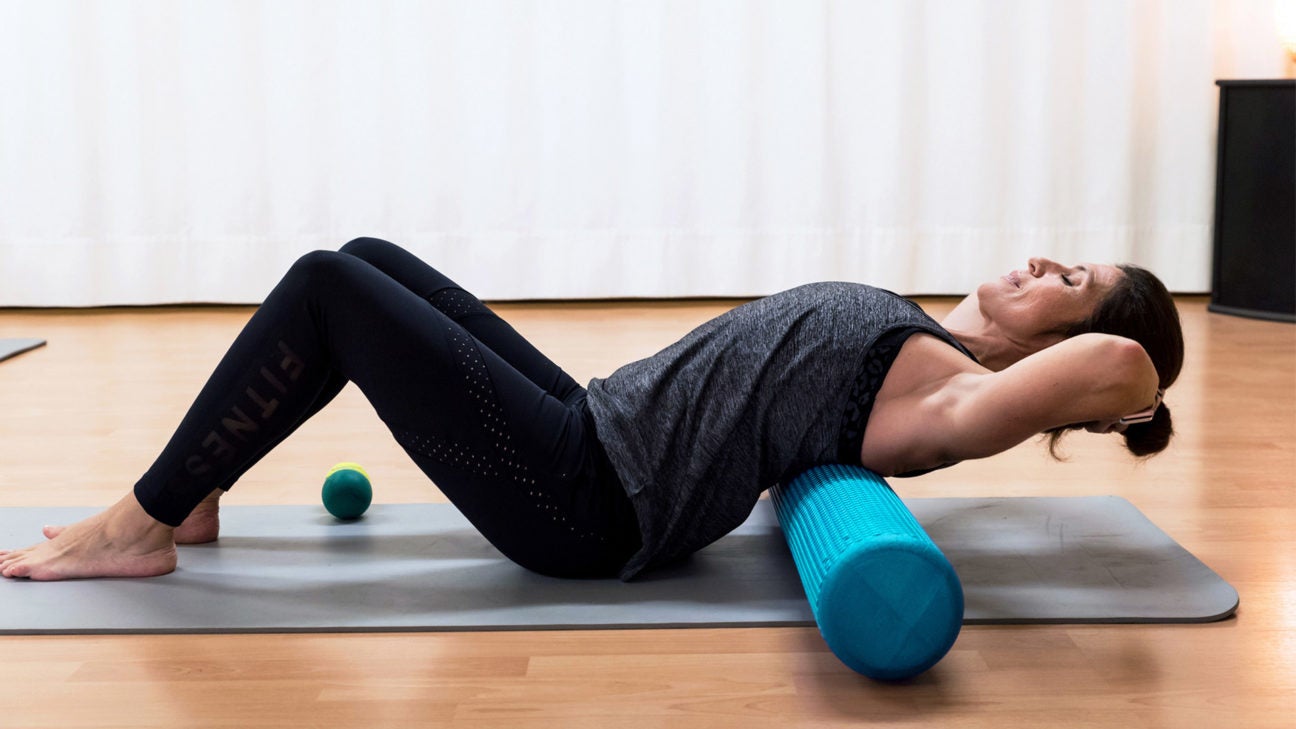
Honestly, I’ve seen people try to roll their lower back thinking it’ll help, but it often does the opposite. It can cause hyperextension (that’s when your back arches too much), which stresses the spine. If you have any disc issues or spinal conditions, it’s even riskier. So, the general advice from physical therapists is to avoid foam rolling your lumbar spine directly.
Instead, focus on the areas around your lower back. The thoracic spine, hips, and glutes all play a big role in how your lower back feels. Rolling these areas can relieve tension and improve your overall back health without putting your spine at risk.
Here’s a simple way to roll your thoracic spine safely:
- Lie down and place the foam roller horizontally under your upper back, just below your shoulder blades.
- Cross your arms over your chest or support your head with your hands.
- Bend your knees and keep your feet flat on the floor.
- Engage your core to keep your spine stable.
- Slowly roll up and down from the base of your neck to the bottom of your rib cage.
- When you find a tight spot, pause there for 20- seconds to let the muscle release.
- Avoid rolling directly on the spine bones—focus on the muscles beside them.
Another cool thing you can do is combine foam rolling with gentle back movements. For example, sit with the roller behind your upper back, lean back over it slowly, and move it up and down by lifting and lowering your hips. This helps improve spinal mobility and feels pretty good.
Since rolling the lower back itself is off-limits, try foam rolling your glutes, hip flexors, and quads. These muscles often get tight and pull on your lower back, causing discomfort. Also, don’t forget your upper back and shoulders—keeping those areas loose helps your posture and reduces strain on your spine.
Here are some quick do’s and don’ts to keep in mind:
| Dos | Don'ts |
|---|---|
| Engage your core while rolling | Roll directly on your lower back |
| Use slow, controlled pressure | Roll too fast or with too much force |
| Focus on the thoracic spine and surrounding muscles | Roll on bones or joints |
| Pause on tight spots for 20- seconds | Push through sharp or intense pain |
| Increase duration and intensity gradually | Foam roll your neck or injured areas without advice |
When done right, foam rolling your upper back and surrounding muscles can really help. It improves mobility, eases muscle tightness, boosts blood flow, and even helps with recovery after workouts or long days sitting. Plus, it can be surprisingly relaxing.
If you’re dealing with lower back pain, there are safer alternatives to foam rolling directly on your spine. Gentle stretches like Cat-Cow, Child’s Pose, or pelvic tilts can help mobilize your lower back without risk. Strengthening your core with exercises like planks or bridges supports your spine and reduces pain. And if things feel really bad, seeing a physical therapist or getting a professional massage might be the best call.
Here’s a simple foam rolling routine you can try:
- Warm up with 5- minutes of light cardio to get the blood flowing.
- Roll your thoracic spine for 1- minutes, moving slowly and pausing on tight spots.
- Roll your glutes and hips for 1- minutes on each side.
- Do some gentle spinal mobilization by leaning back over the roller in your upper back.
- Finish with some core exercises to support your spine.
Now, I know you might have some questions, so here are a few common ones:
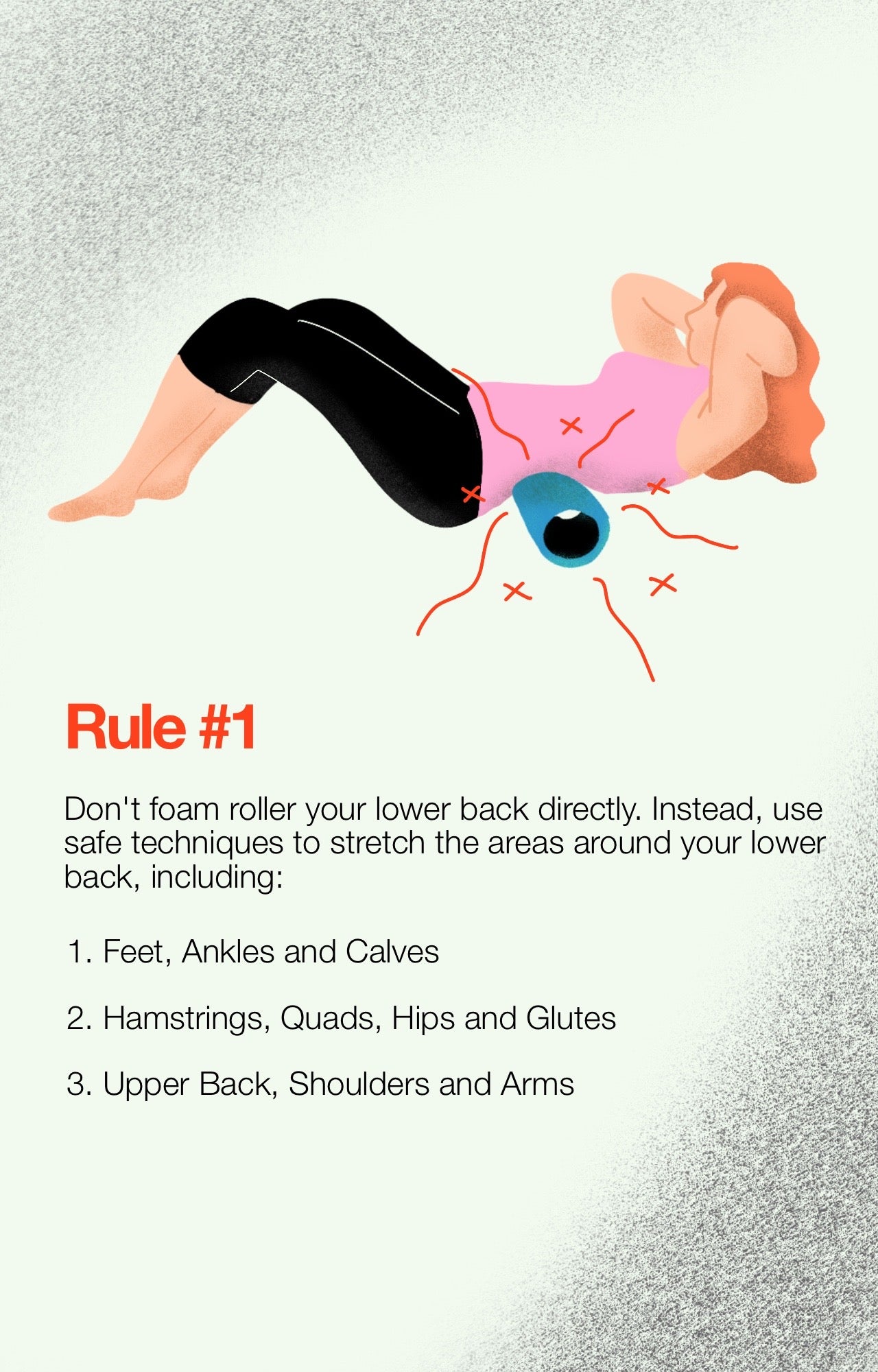
Q: Can I roll my entire back, including the lower spine?
A: It’s best to avoid rolling directly on your lower back. Stick to the upper and mid-back and the muscles around your hips and glutes.
Q: How long should I roll each area?
A: Start with 10- seconds on each tight spot, and slowly work up to 30- seconds. Don’t overdo it—keep total sessions under minutes.
Q: What kind of foam roller should I use?
A: If you’re new to foam rolling, go for a softer roller. Textured or vibrating rollers can be good once you’re more experienced.
Q: Is foam rolling supposed to hurt?
A: Some discomfort is normal when you hit tight spots, but sharp or intense pain means stop immediately and ease up.
Q: How often should I foam roll?
A: About 3- times a week is great for maintenance. You can do it daily if you’re gentle and listen to your body.
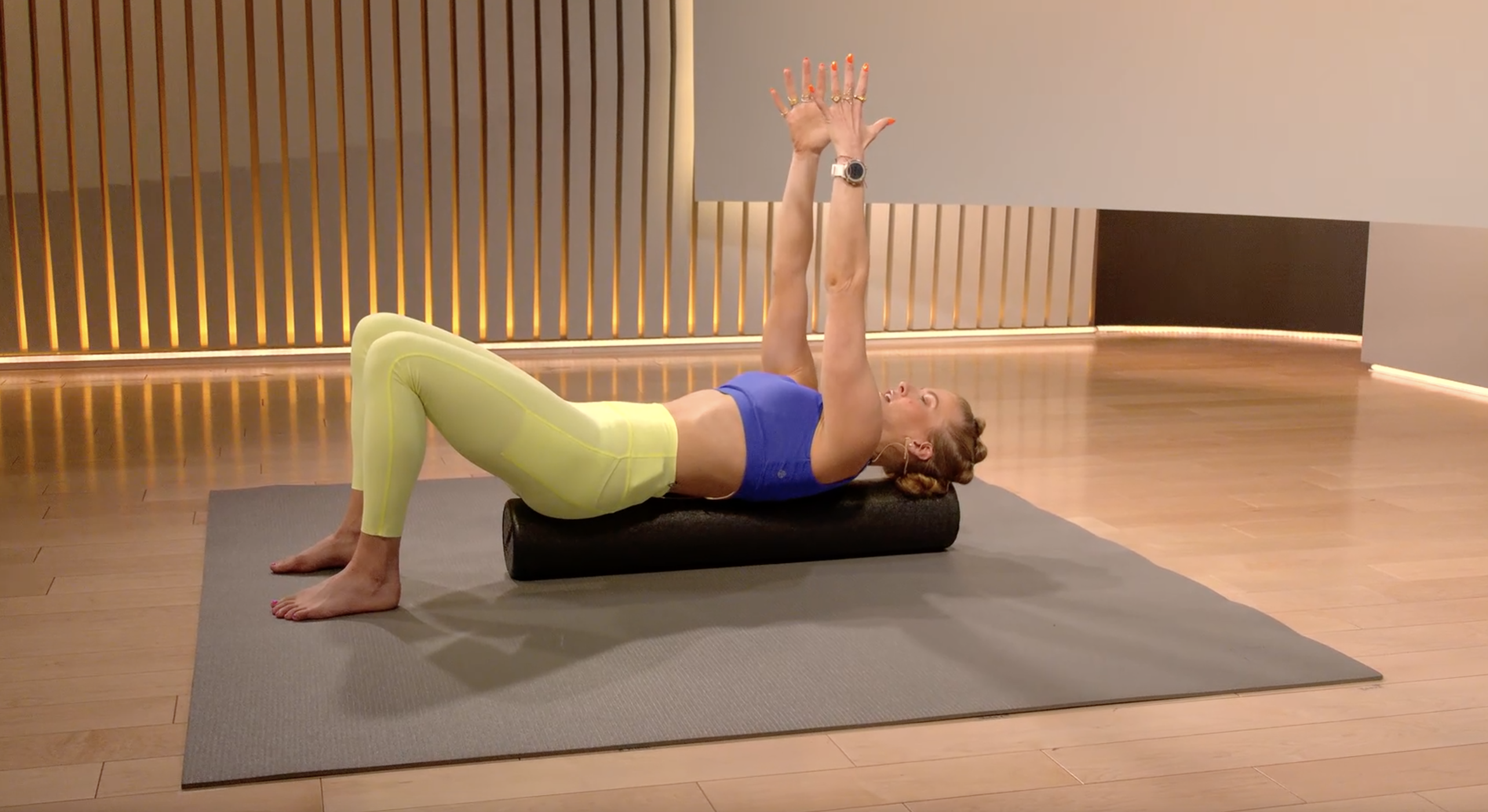
To wrap it up, foam rolling can be a fantastic way to keep your spine feeling good—if you do it right. Avoid the lower back itself, focus on the thoracic spine and the muscles around it, and combine rolling with stretching and strengthening exercises. And remember, if your back pain sticks around or gets worse, get professional advice. Your spine is worth it!
